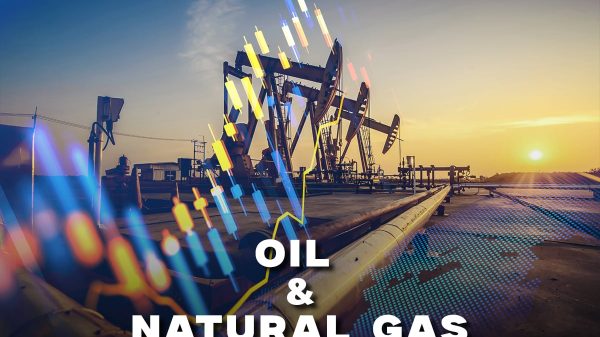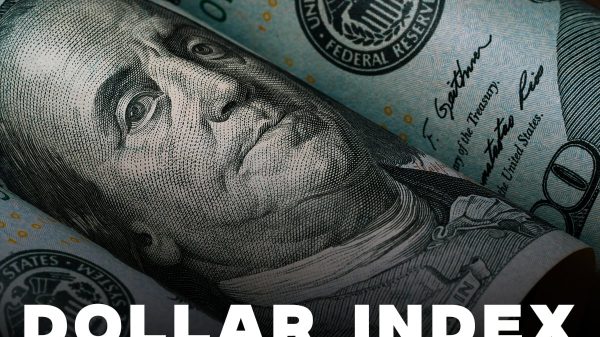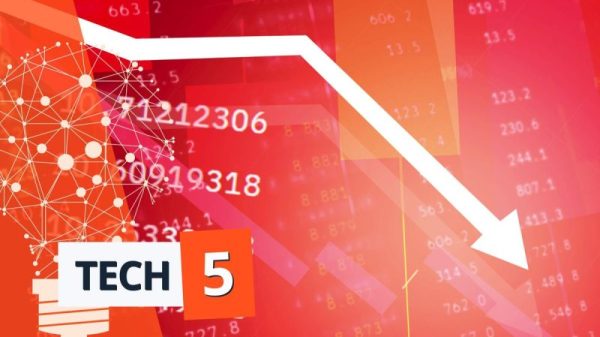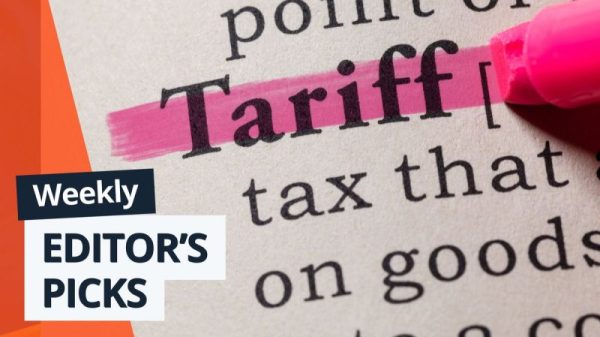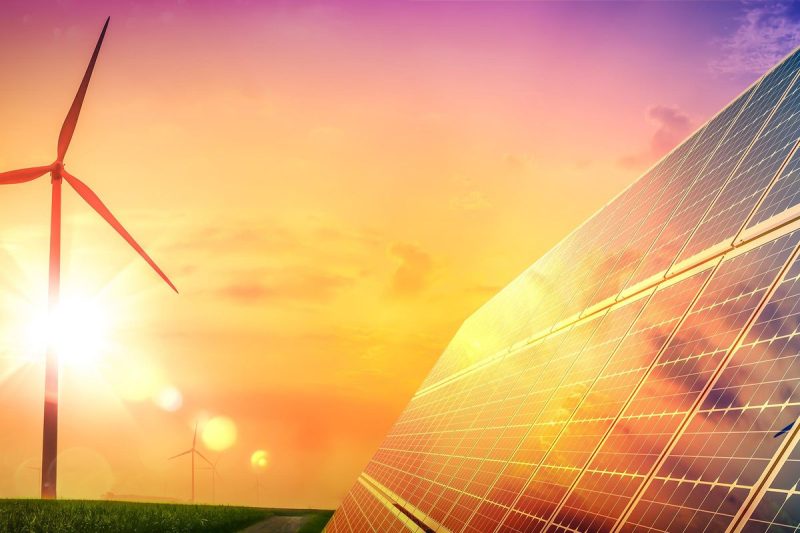Wind power and solar power are considered the two primary choices for clean energy.
As clean technologies, both wind power and solar energy significantly decrease pollution and have minimal operational costs. These are attractive reasons to make the switch to clean energy solutions — but there’s more to wind and solar energy than that.
What are wind energy and solar energy?
Wind energy is the process of using the air flowing through wind turbines to generate power by converting the kinetic energy in wind into mechanical power.
Wind energy can provide electricity for utility grids and homes, and it can be used to charge batteries and pump water. The three main kinds of wind power are broken down as follows by the American Wind Energy Association:
Utility-scale wind — Wind turbines bigger than 100 kilowatts that deliver electricity to power grids and end users via electric utilities or power system operators.Distributed wind — Wind turbines smaller than 100 kilowatts that are used to directly provide power to homes, farms or small businesses.Offshore wind — Wind turbines placed in large bodies of water, generally on the continental shelf.
Interestingly, wind energy can also be considered an indirect form of solar energy. That’s because winds are caused by the uneven heating of the atmosphere by the sun, the irregularities of the Earth’s surface and rotation of the Earth.
Solar power is energy derived from the sun’s rays and then converted into thermal or electrical energy.
According to the Solar Energy Industries Association, solar energy can be created in the following three ways: photovoltaics, solar heating and cooling and concentrating solar power.
Photovoltaics — Generates electricity directly from sunlight via an electronic process to power small electronics, road signs, homes and large commercial businesses.Solar heating and cooling — Uses the heat generated by the sun to provide water heating or space heating and cooling.Concentrating solar power — Uses the heat generated by the sun to run traditional electricity-generating turbines.
What are the advantages of wind energy and solar energy?
With the basics of wind and solar energy in mind, let’s look at the advantages of these two clean energy sources.
As carbon-free and renewable energy sources, wind and solar can help reduce the world’s dependence on oil and gas. These carbon fuels are responsible for harmful greenhouse gas emissions that affect air, water and soil quality, and contribute to environmental degradation and climate change.
Aside from that, wind and solar energy can give homeowners and businesses the ability to generate and store electricity onsite, giving them backup power when their needs cannot be filled by the traditional utilities grid.
For example, during California’s wildfire season, large-scale utilities companies such as Pacific Gas & Electric (NYSE:PCG) often need to shut off power to tens of thousands of people at a time in an effort to prevent fires like those linked to downed power lines. In cases like this, solar energy generated onsite could not only help fight climate change, but also act as a reliable backup source of energy.
Solar panel installations are easy to do and can create energy bill savings. In some regions, users may qualify for tax breaks or energy rebates if they produce excess energy that can be delivered to the utility grid. Canada has several dozen clean energy incentive programs that combined offer hundreds of energy-efficiency rebates and numerous renewable energy rebates.
Both solar energy and wind energy are on the path to becoming the world’s most affordable sources of energy. ‘Land-based utility-scale wind is one of the lowest-priced energy sources available today,’ according to the US Department of Energy. ‘Furthermore, wind energy’s cost competitiveness continues to improve with advances in the science and technology of wind energy.’
The price of harnessing the sun’s power is dropping each year due to technology advancements. In fact, the cost of residential photovoltaic solar power slid from US$0.50 per kilowatt-hour in 2010 to US$0.128 in 2020, according to the most recent US Department of Energy figures. The US agency estimates that solar costs will fall further to US$0.05 by 2030. On a grander scale, utility photovoltaic costs already sit at only US$0.045.
What is the outlook for wind energy and solar energy?
The Global Wind Energy Council estimates that 680 gigawatts (GW) of new capacity will be added from 2023 to 2027. Government support and the need for energy security will be key drivers, giving way to market-based growth. China and the US represent the top two markets for new wind energy installations.
As for solar energy, the International Energy Association’s 2022 World Energy Outlook report sees the growing deployment of solar generation through 2030 displacing fossil fuels, particularly coal, in the energy sector.
‘Renewables, notably solar PV and wind, gain the most ground of any energy source this decade, accounting for 43% of electricity generation worldwide in 2030, up from 28% today,’ the report states.
In Europe specifically, renewable energy growth is being fueled by Russia’s invasion of Ukraine. ‘(The region) continued its positive solar trajectory, achieving 31.8 GW of additional solar capacity — representing 33% growth and notably only a 0.1 GW difference to our 2021 Global Market Outlook projections,’ according to a report by SolarPower Europe. ‘The impact of the Russian war on Ukraine, and the accompanying energy security challenges, alongside EU climate goals, are driving the continent’s renewable transition — with 25 of 27 EU member states set to install more solar in 2022 than 2021.’
In the first half of 2023, a study by clean energy think tank Ember found that fossil fuel use for electricity generation had dropped by 17 percent, while solar and wind use had increased by 13 percent and 5 percent, respectively. At the same time, 17 EU member countries boasted record renewable energy generation.
How to invest in wind and solar energy?
There are many investment opportunities in the renewable energy markets.
For investors interested in wind energy, there is the First Trust ISE Global Wind Energy Index Fund (ARCA:FAN), which was created on June 16, 2008. It tracks 55 holdings, including wind energy giants Vestas Wind Systems (CPH:VWS), Boralex (TSX:BLX,OTC Pink:BRLXF) and Northland Power (TSX:NPI,OTC Pink:NPIFF), to name a few.
The Invesco Solar ETF (ARCA:TAN) tracks 45 holdings, including First Solar (NASDAQ:FSLR), Enphase Energy (NASDAQ:ENPH) and SolarEdge Technologies (NASDAQ:SEDG).
To learn about some other options, read our articles on renewable energy stocks on the TSX and the biggest US solar energy companies.
Securities Disclosure: I, Melissa Pistlli, hold no direct investment interest in any company mentioned in this article.

















